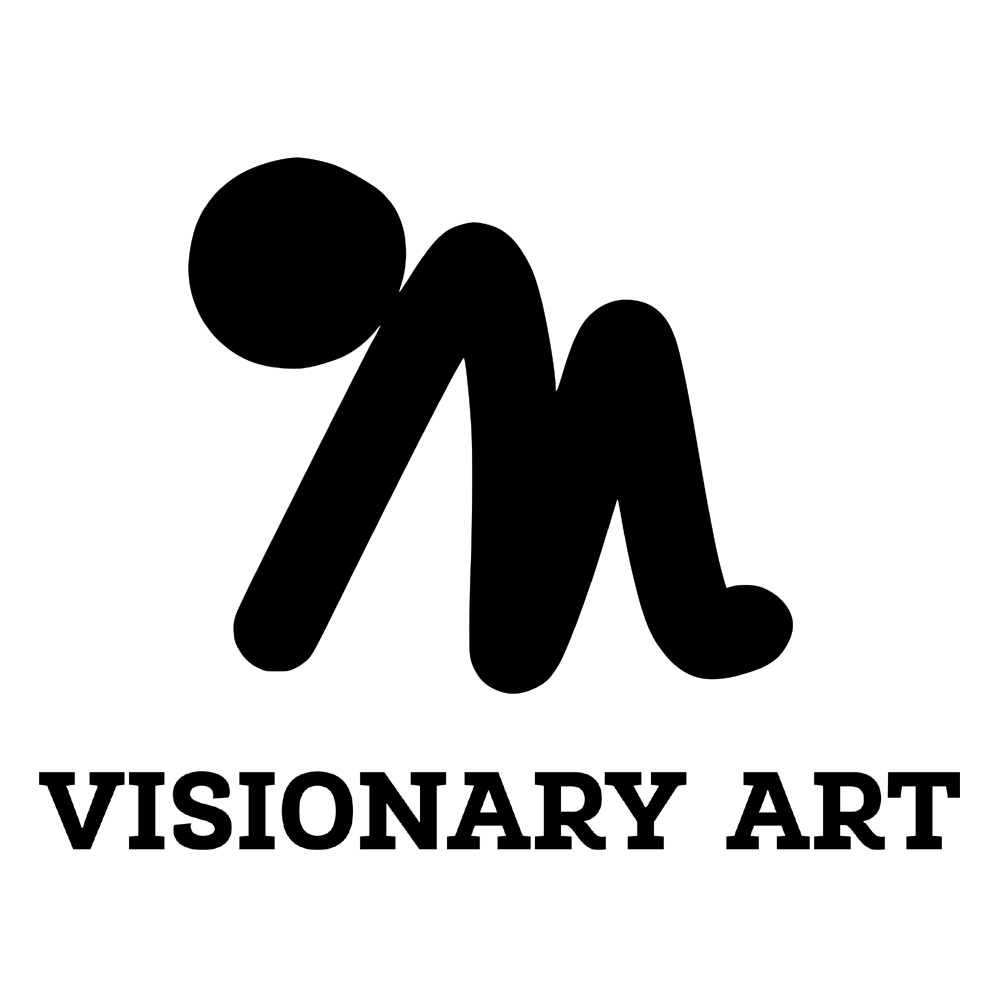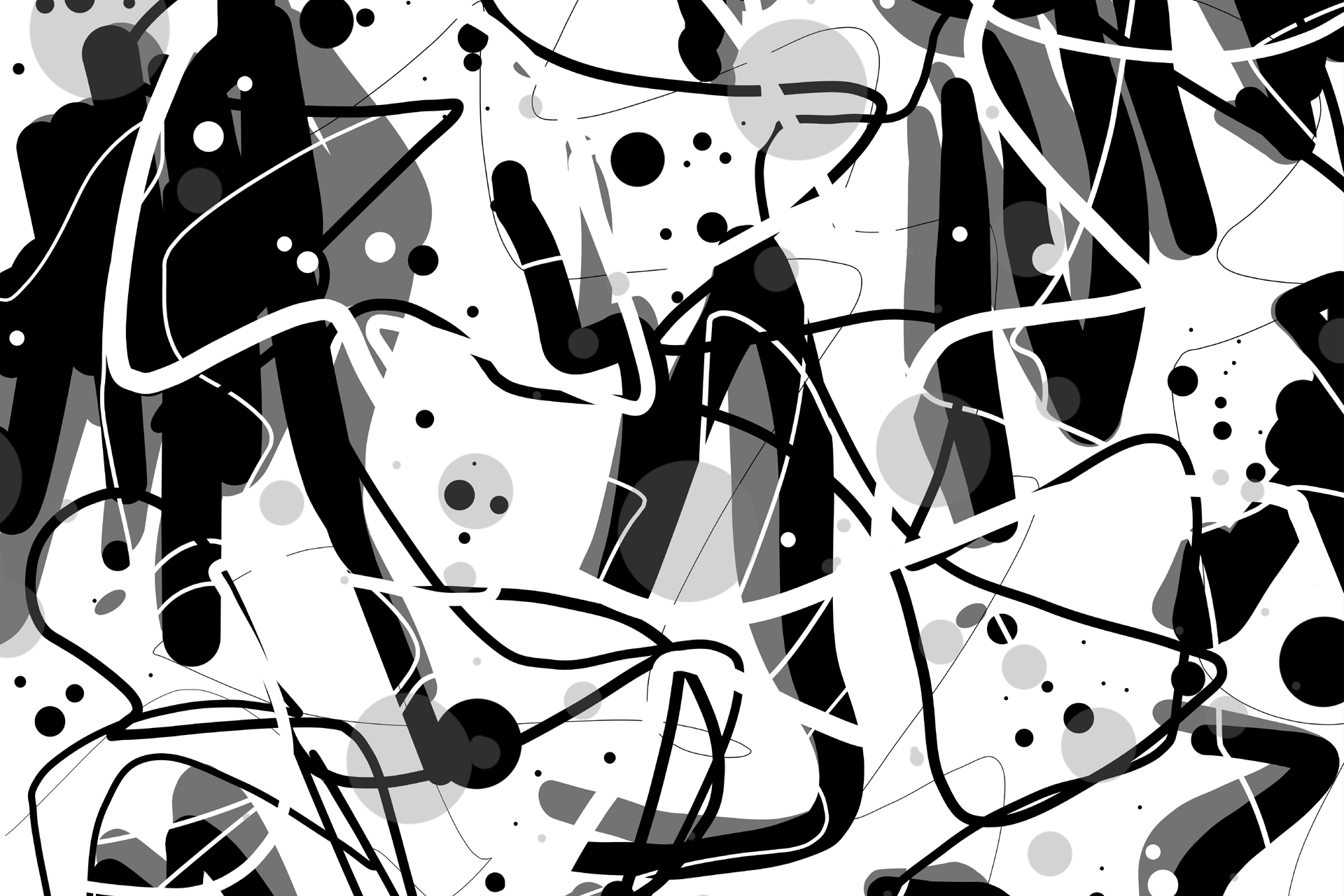Are you feeling stuck in your artistic pursuits? It can be easy to fall into a rut, especially if you feel like you’ve tried everything and nothing seems to be working. But sometimes, the best way to find new inspiration and ideas is to embrace the unknown and experiment with your art. The ability to take risks and try new things is essential to finding your unique voice and pushing the boundaries of your craft.
Tips for embracing the unknown in your art
But embracing the unknown can be intimidating, especially in a world that often values consistency and predictability. How do you go about trying new things and taking creative risks? Here are a few tips to get you started:
- Keep an open mind and be willing to try new things: One of the most important things you can do as an artist is to keep an open mind and be willing to try new things. This might mean experimenting with different media, techniques, or styles, or simply being open to new ideas and approaches. The more you are willing to try new things, the more you will discover about your own creative process and what works for you.
- Take inspiration from other artists and sources outside your comfort zone: Another great way to embrace the unknown is to seek out inspiration from sources that are outside your comfort zone. This might mean exploring the work of artists in different media or styles, or simply exposing yourself to new ideas and perspectives. By stepping outside your comfort zone, you can discover new ways of seeing and thinking about the world.
- Experiment with different media, techniques, and styles: Experimentation is all about trying new things, and this can take many forms. Consider experimenting with different media, techniques, or styles in your art. Whether you are a painter trying out new brushstrokes or a musician exploring new chord progressions, the possibilities are endless.
- Don’t be afraid to fail or make mistakes: Finally, it’s important to remember that experimentation is all about taking risks and trying new things, and this means that you will inevitably make mistakes and encounter failures along the way. But don’t let this discourage you! Embrace the process of discovery and use your mistakes and failures as opportunities to learn and grow.
Examples of successful experimentation in art
Throughout history, there have been many examples of artists who have embraced experimentation and taken creative risks. From the Impressionists who broke with traditional painting techniques to the Surrealists who explored the unconscious mind, these artists pushed the boundaries of what was possible and created work that was truly groundbreaking. In the contemporary art world, there are many artists who are continuing this tradition of experimentation and pushing the boundaries of what is possible.
How to incorporate experimentation into your art practice
So how can you incorporate experimentation into your own art practice? Here are a few ideas:
- Set aside dedicated time for experimentation: One way to make space for experimentation is to set aside dedicated time for it in your schedule. This might mean setting aside a specific day or block of time each week for exploration and experimentation, or simply making a commitment to try something new each time you sit down to create.
- Create a supportive and collaborative environment for experimentation: Another way to encourage experimentation is to create a supportive and collaborative environment for it. This might mean working with other artists or seeking out critique and feedback from others. By surrounding yourself with people who are open to trying new things, you can create an environment that encourages experimentation and growth.
- Be open to feedback and critique from others: Experimentation frequently involves taking risks and trying new things, which means that failures and mistakes are unavoidable. When this happens, it can be helpful to seek out feedback and critique from others. By being open to the perspectives of others, you can learn from your mistakes and find new ways to improve and grow.
- Find ways to embrace the unknown and embrace the process of discovery: Finally, the key to embracing the art of experimentation is to find ways to embrace the unknown and embrace the process of discovery. This might mean setting aside your preconceived notions and expectations, and simply allowing yourself to explore and see where your creativity takes you. By letting go of the need to control the outcome and simply embracing the process of discovery, you can open yourself up to new possibilities and find inspiration in unexpected places.
Conclusion
In conclusion, the art of experimentation is all about taking risks, trying new things, and embracing the unknown. Whether you are a seasoned artist or just starting out, the ability to experiment and take creative risks is essential to growth and development. Don’t be afraid to take a chance and try something new. Stepping outside of your comfort zone can be intimidating, but it’s often where the most growth and discovery happens. Embrace the power of experimentation in your art and see where it takes you. You never know what amazing things you might discover.

